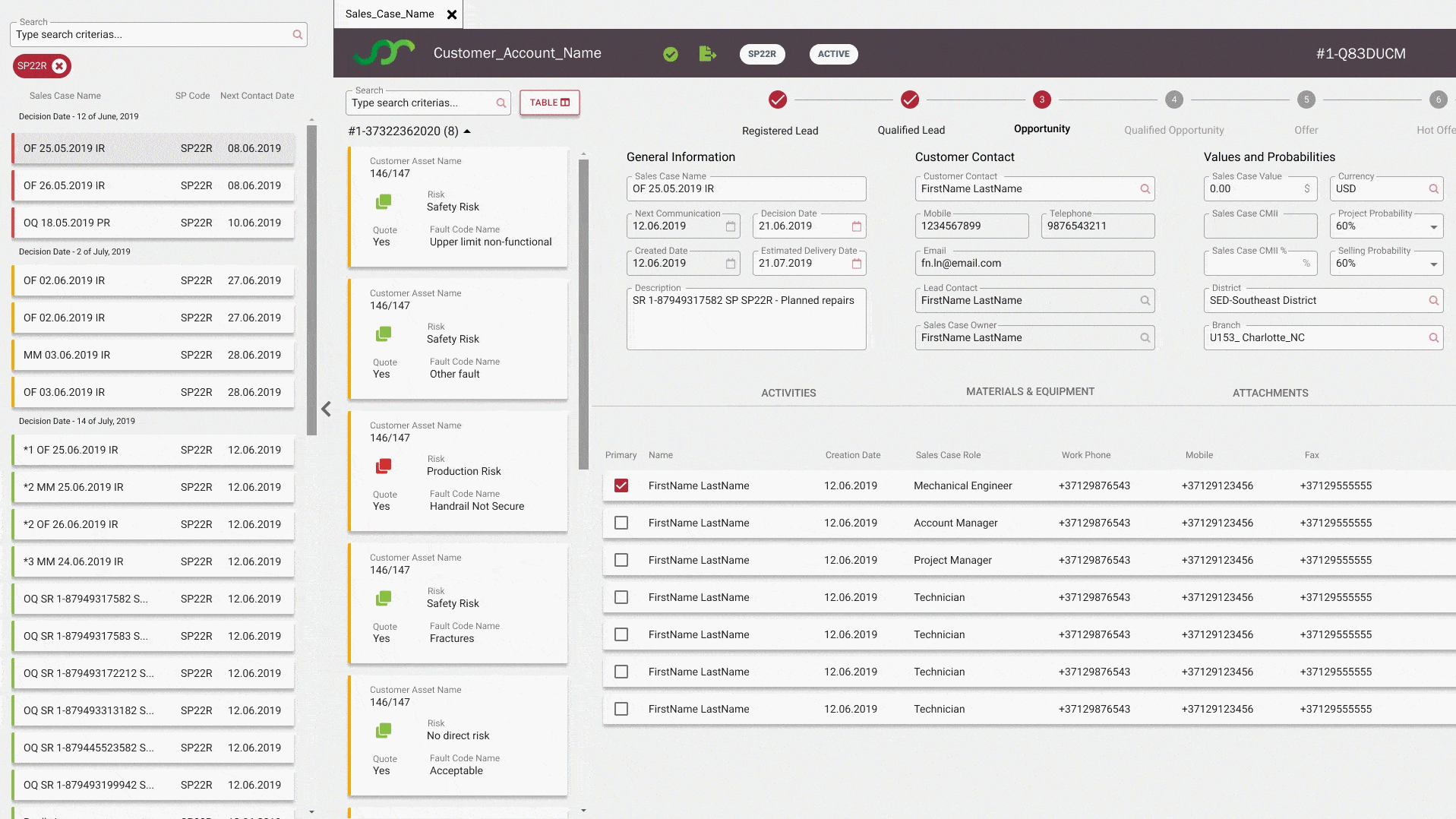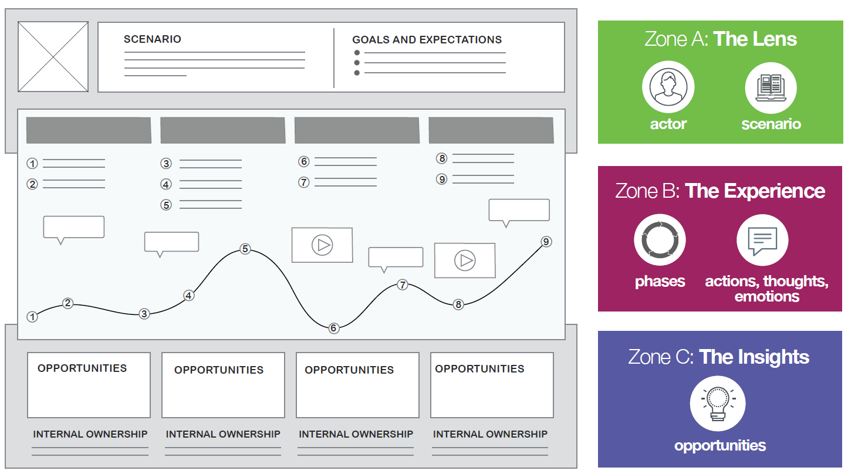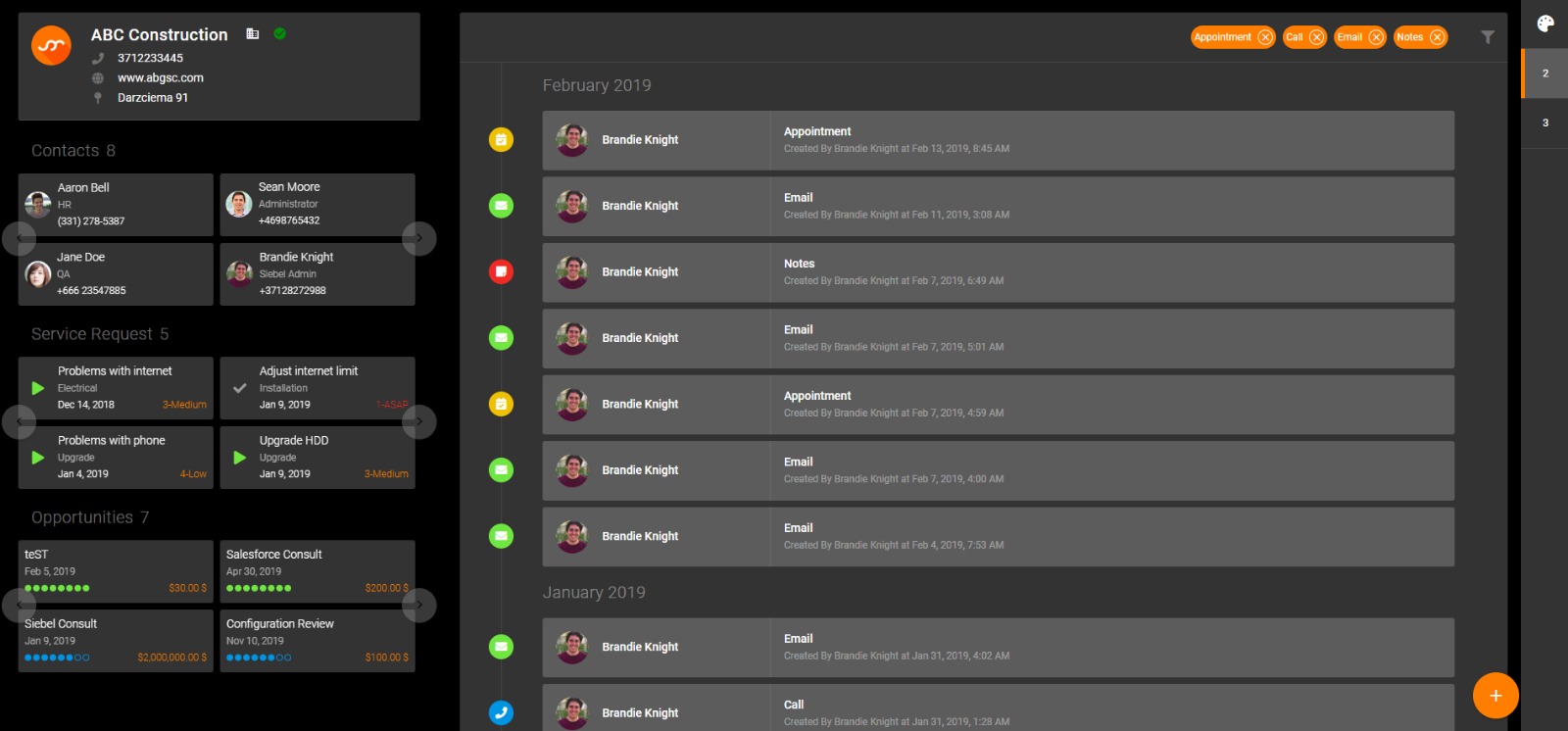After reading this article you will:
#1: have a better understanding of the Streaming approach that can be used to integrate with Salesforce;
#2: see the pros and cons of this approach;
#3: know a little more about Apache Kafka;
#4: see how you can maintain your integration;
#5: see how streaming works in practice;
#6: have more food for thought ;)
Shall we begin?





